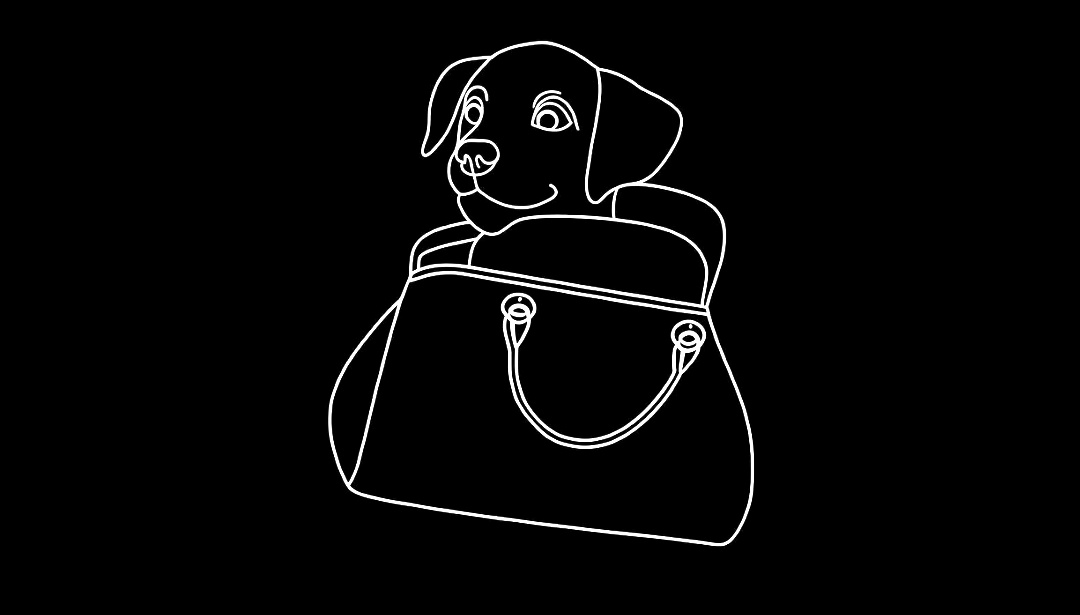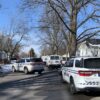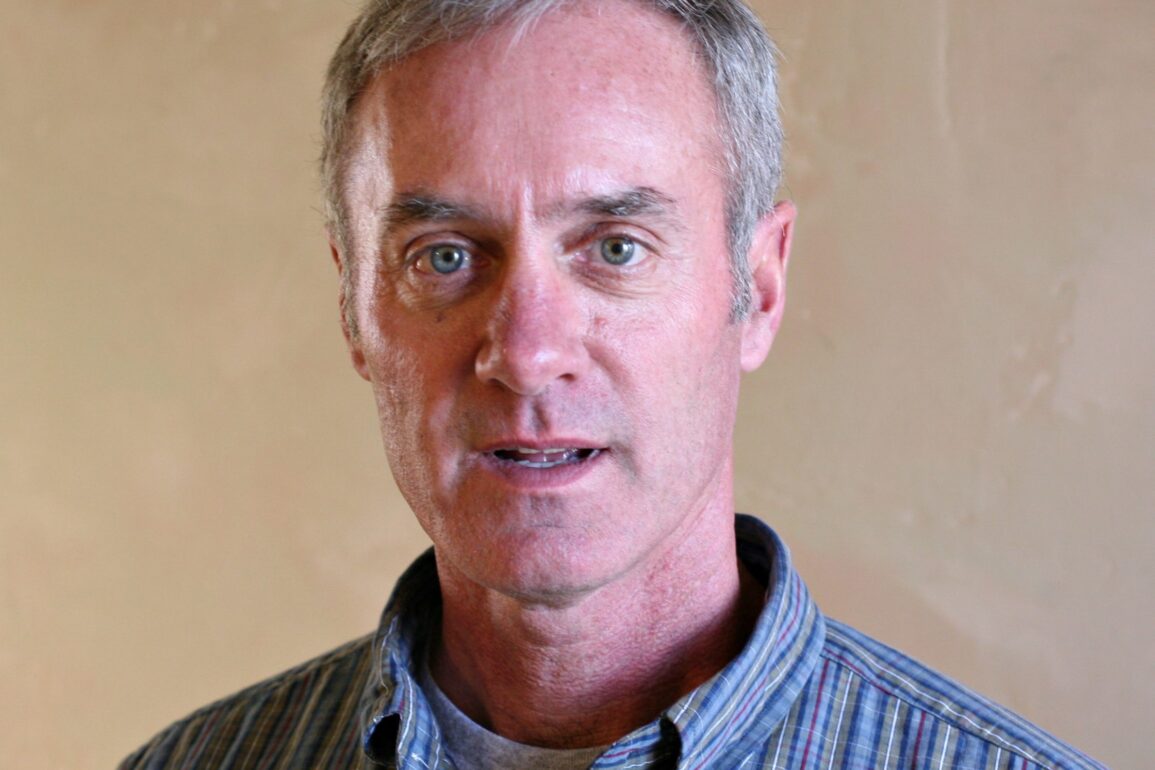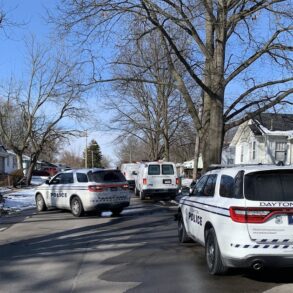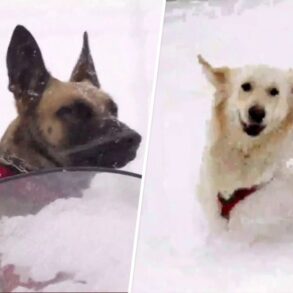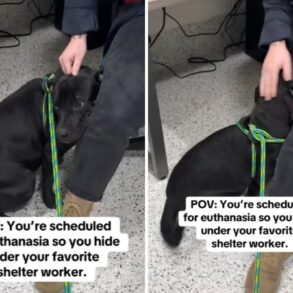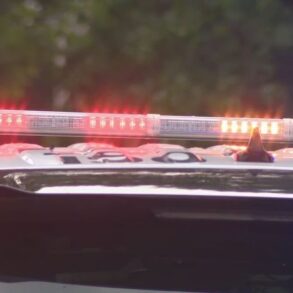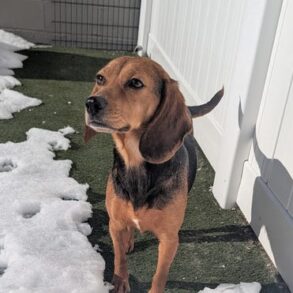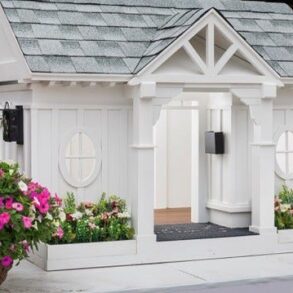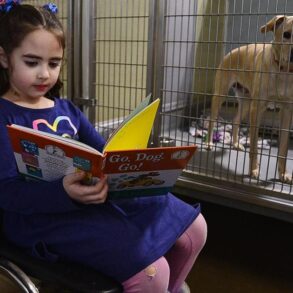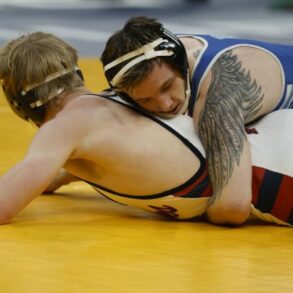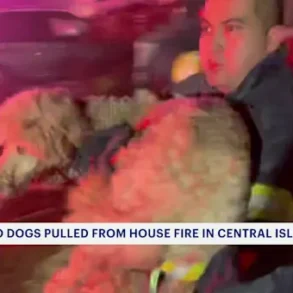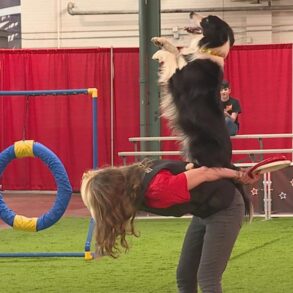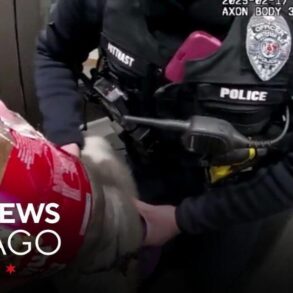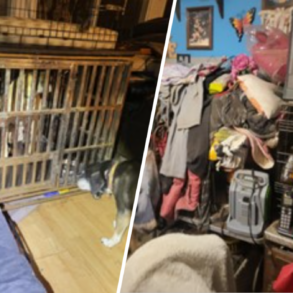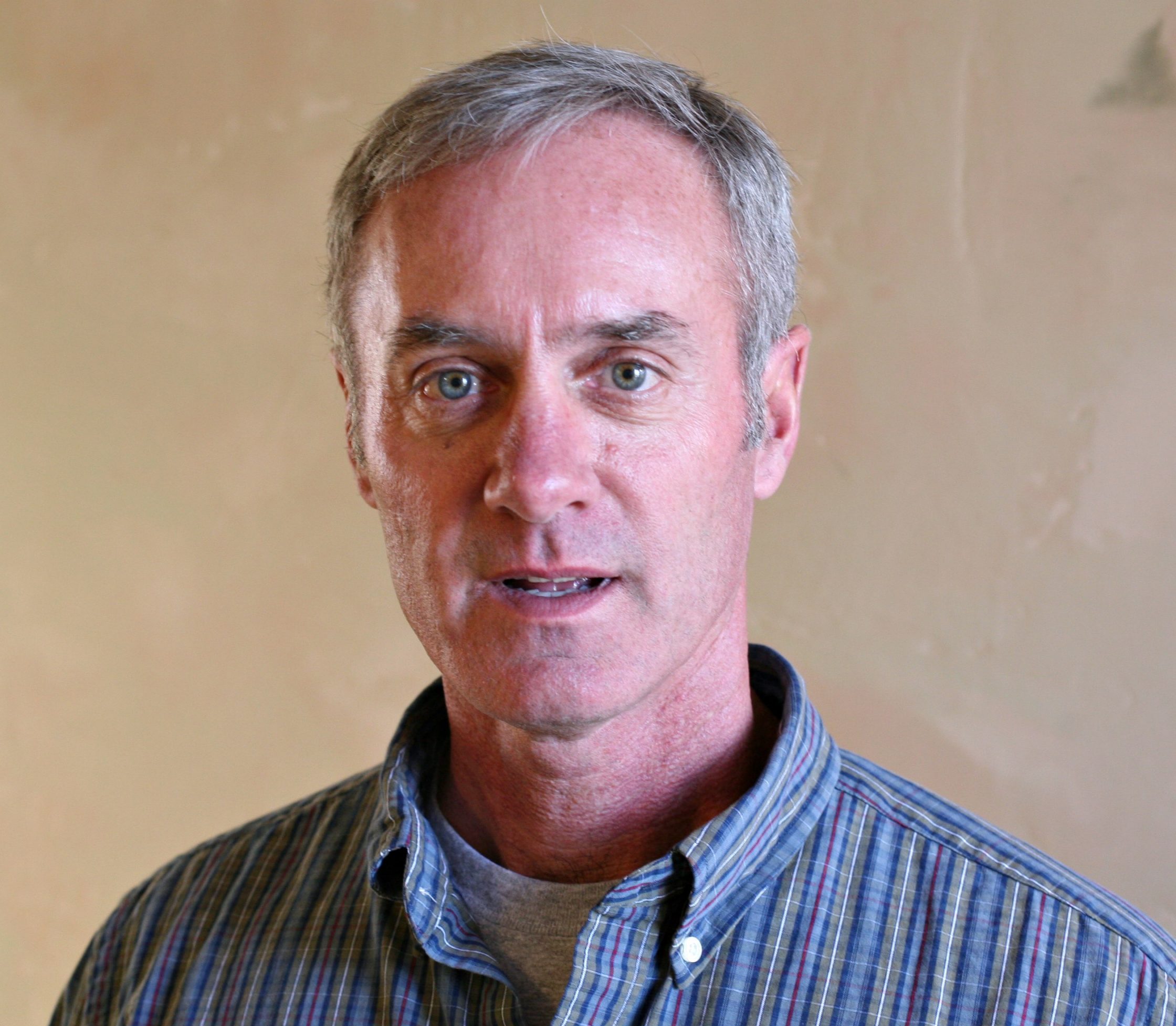
What a difference a few days can make. Skiing suddenly got interesting again. A series of legitimate storms came through and there have been some legitimate powder days.
The first storm came in wet and heavy, the kind of thing we needed to re-establish the base.
The second wave was lighter and just plain fun. The trees are skiable without dodging logs and stumps, and the holiday crowds have gone home.
I went from essentially bare ground at my house to twice-a-day snow plowing, and an afternoon of roof shoveling on an old equipment shed that has a nearly flat roof. I went through almost a full tank of fuel on the tractor. What little snow was piled up from the prior storms had frozen into icebergs that weren’t moving, so suddenly there is not enough room to pile up the new snow.
Winter is hard work. There’s just no pleasing some people.
A woman on the avalanche report declared that “powder season ends on February 20th.” After that, she claims it’s too warm for really high quality powder. I’m not entirely sure I agree with that, but there are definitely inflection points in the winter season.
There will surely be some cold nights ahead, but the sub-zero stuff is done. We’re a month away from equinox, yet the days are feeling a lot longer. Suddenly the idea of taking a lunch break outside on the deck while skiing seems pretty reasonable.
I watch the Trial Lake SnoTel site with almost religious devotion. For the first time all winter, it’s above the 20-year average water content in the snow. I don’t know if it will keep up or another dry spell will send it back below average.
One stormy week took it from about 2 inches below average water content to 2 inches above. Four inches of water; no wonder it was hard to push the road open. Average water content for May first is about 24 inches. That’s the high point of the year before the melt begins. A swing of 4 inches is significant.
The weather pattern seems different the past few years. It’s not that it’s rained at the house, though there has been more of that than seems normal for winter. The storms just don’t do much of anything — rain, snow or sleet — around the house. A half mile up the road and the snow will be significantly deeper, a half mile down the road it won’t have snowed at all.
Two miles down canyon a neighbor can grow apples. That’s impossible here. The line between a semi-viable orchard and my 75-day growing season seems to be rising in general. I don’t plan on raising oranges anytime soon, but planting an apple tree no longer seems completely ridiculous.
Speaking of ridiculous, the City Council is pushing ahead with more study on the idea of an aerial transport system. The scope of it keeps changing, from a connection between Main Street and somewhere in Deer Valley to a more general transport system around town.
There’s no question that traffic congestion is adversely affecting the quality of life around here. We rely on a commuter workforce to make the town function. Building more workforce housing close to the town core will help, but it is impossible to build enough, at tolerable densities, to eliminate that daily influx. And not everybody wants to live in a sixth-floor stacked flat.
It’s also impossible to build enough road capacity and parking in town to have traffic flowing smoothly at peak hours. So something has to change. Admitting we have exceeded the reasonable capacity of this confined canyon and stopping growth doesn’t seem to be politically possible in a state whose motto is “build, baby, build.”
Still, continuing to build more stuff that requires more employees, who require more housing and/or traffic capacity seems like the least logical of all the options out there.
The advantage of an aerial system is that it isn’t stuck in the same traffic as the buses. Whether it’s a gondola or a train, a separate dedicated right of way makes a huge difference.
The down side of a gondola system is that gondolas don’t turn corners. Angle stations are expensive and eat up a lot of real estate. So they can’t follow the existing roads, and people had the nerve to build houses in the way of direct routes.
The theory of getting some of the load of the streets by elevating it sounds good. I just don’t see how it will work.
Grim and unwelcoming as it is, the Richardson Flat Catalytic Converter Exchange Park-and-Ride lot actually works. It feels like there are some fairly low-cost options for making that an experience somewhat more consistent with a $300 lift ticket and $50 lunch, but for now, the wind swept tundra/airport long term parking experience is gritty and authentic.
Transit planners salivate over “multi-modal” systems — drive to a remote parking lot, take a kayak across the reservoir, bike to a bus stop that takes you to a gondola that takes you someplace in the vicinity of where you want to go, all while dropping the kids off at day care.
But with every transfer, inconvenience and unpredictability go d up exponentially and usage drops. Keep it simple.
Tom Clyde practiced law in Park City for many years. He lives on a working ranch in Woodland and has been writing this column since 1986.
This post was originally published on this site be sure to check out more of their content.
